In the coming days, we are waiting for the maximum of the famous Perseid meteor shower. The editorial staff of Universe Space Tech tells about where and how to observe this celestial show.
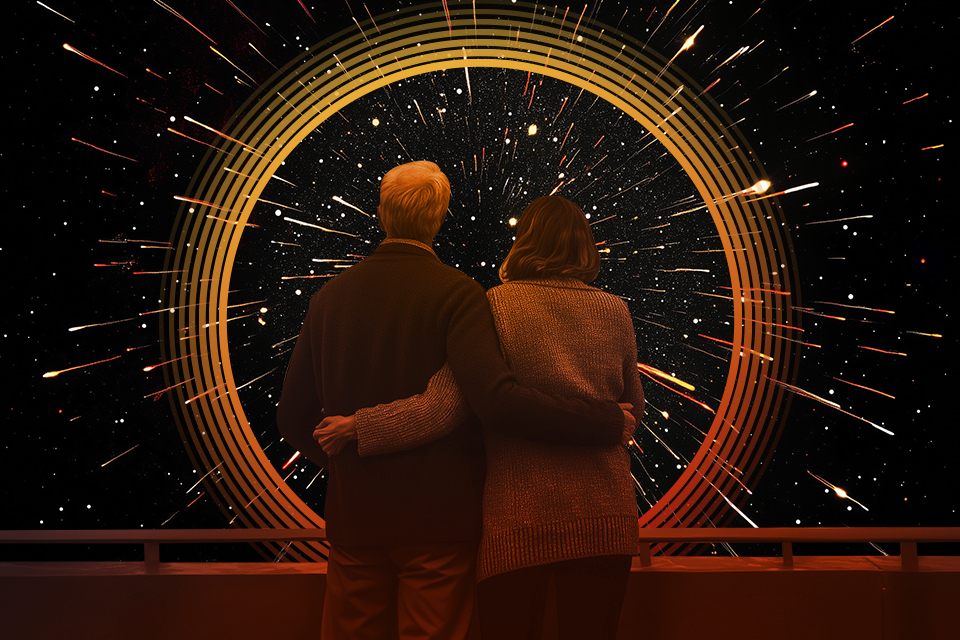
How many meteors per hour can be seen
Perseids occur when, in its motion around the Sun, the Earth crosses a plume of debris scattered along the orbit of comet 09P/Swift-Tuttle. It consists mainly of dust particles no larger than a grain of sand. When they enter Earth’s atmosphere, they form fiery tracks called meteors. For a ground observer, it looks as if the falling stars fly out from a single point on the celestial sphere (this is called the radiant).
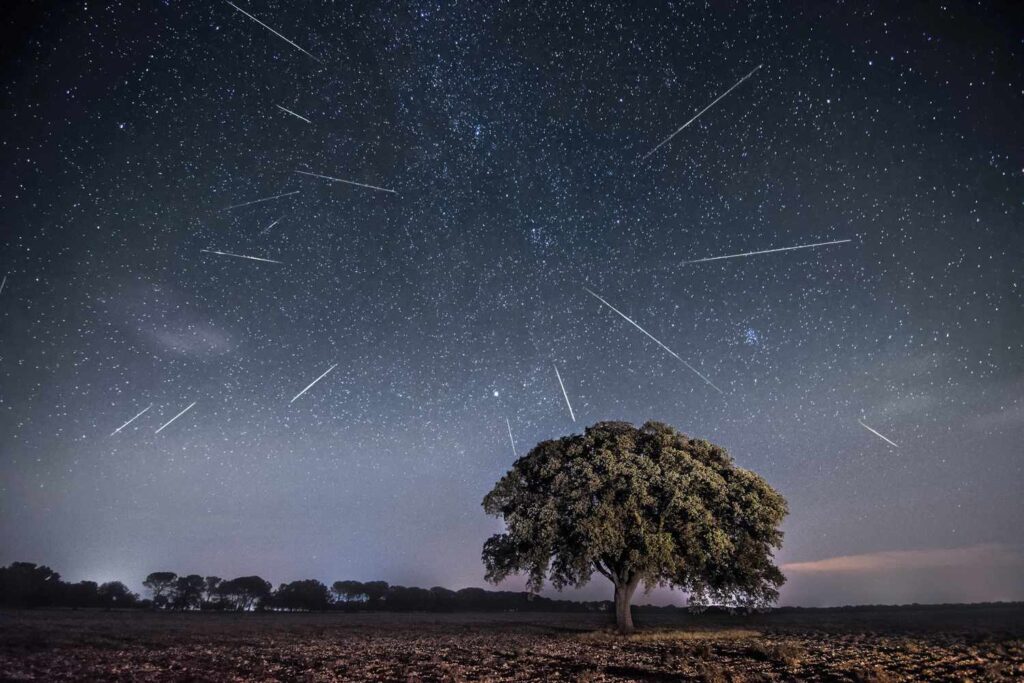
As the Earth approaches the area of maximum particle concentration, the number of meteors increases. The Perseids in 2024 will peak on the night of August 12-13.
When comet 09P/Swift-Tuttle passed the perihelion of its orbit in 1992, it “saturated” the Perseids with fresh particles. In 1993, the ZHR (zenith hourly rate) of the shower, according to various data, was between 300 and 500 falling stars. This index determines how many meteors per hour an observer would see in an “ideal sky” and if the radiant were at the zenith. Naturally, the actual number of meteors that can be seen is smaller.
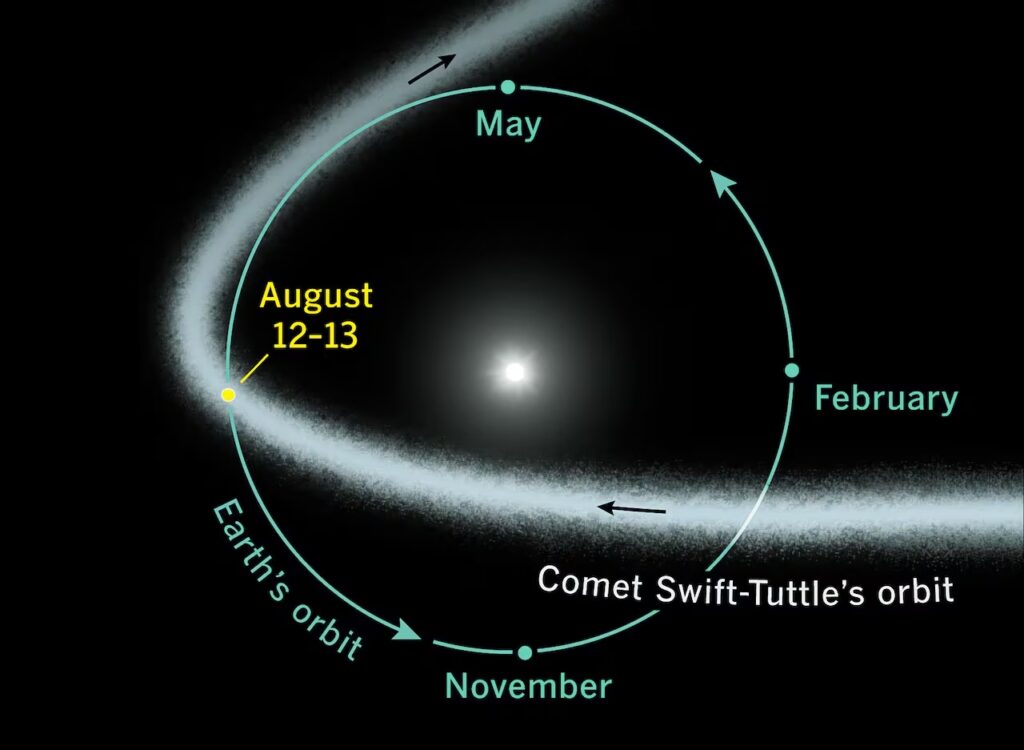
Since then, the activity of the Perseids has noticeably decreased. Nevertheless, the ZHR of the shower was 68 last year. This is quite a good figure, which still makes it one of the most powerful meteor showers in the Earth’s sky.
Where to observe the Perseids
It is interesting that despite the name, at the moment of the beginning of Perseids activity, the radiant of the shower is not in the constellation Perseus, but in Cassiopeia. Then it gradually drifts and by the end of the activity moves to the constellation Camelopardalis.
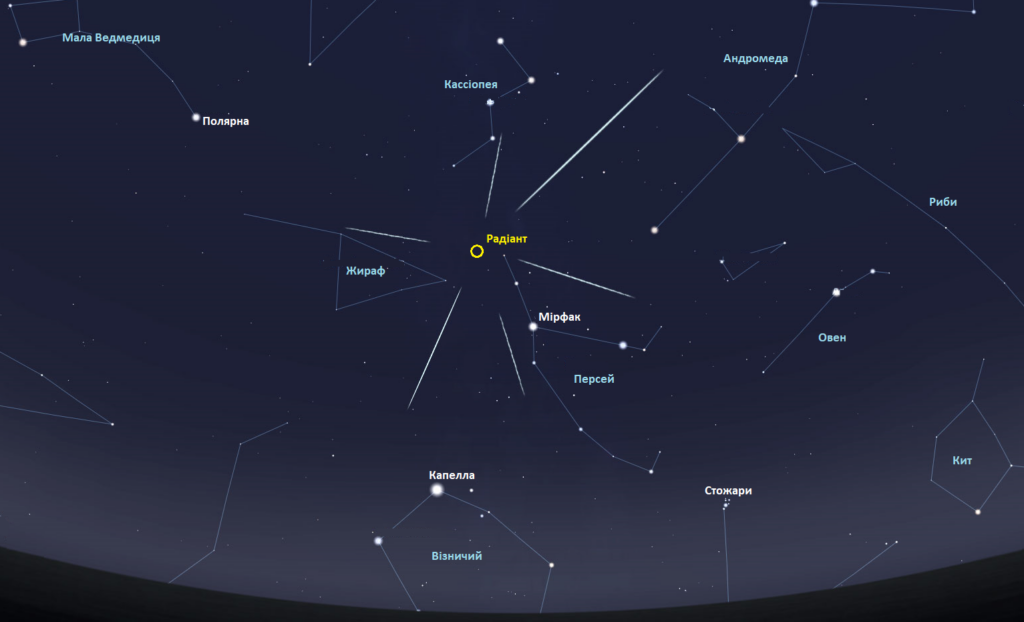
However, during the peak, the radiant is exactly in the constellation Perseus. It is easier to find if you look for the constellation Cassiopeia (easily identified by its famous “W” shaped asterism). The constellation Perseus will be located directly below it. For finding the radiant, you can also use some of the mobile apps that show constellation patterns — e.g. Stellarium, Sky Map, SkySafari. With their help, even a beginner will find it quite easy to navigate where exactly the radiant of the Perseids is located.
Practical tips for observation
It should be realized that the success of observing the Perseids depends on your location. The farther you are from the city and the darker the sky – the more falling stars you’ll notice. While an observer outside a city can expect to see up to 50 meteors per hour, in a large population center with its light pollution, this figure may be measured by only a few falling stars per hour.
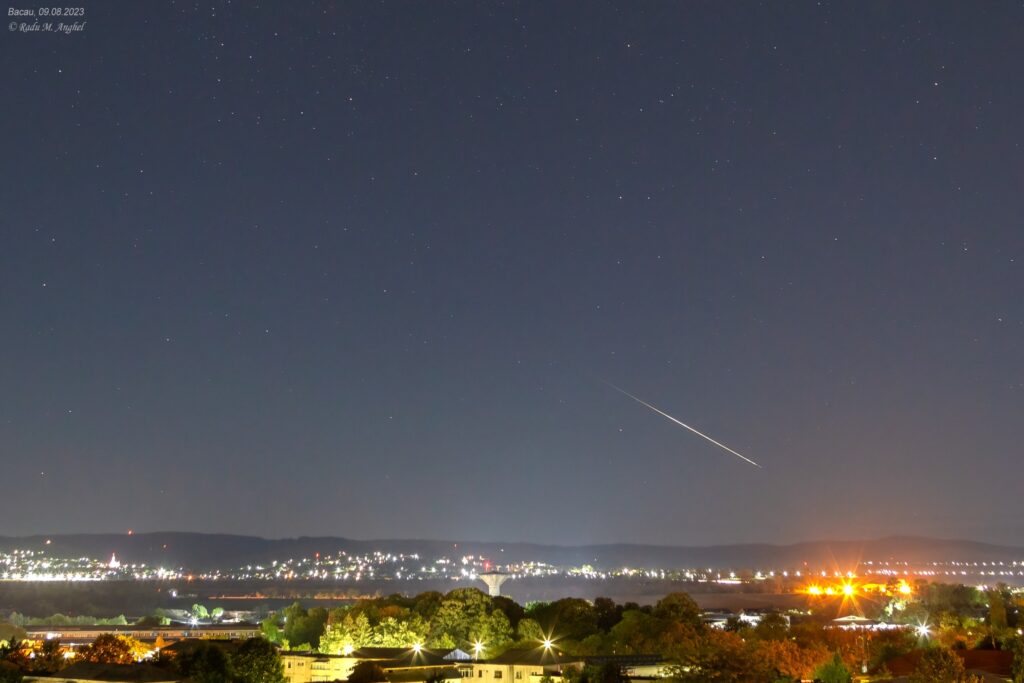
The greatest number of meteors will be seen in the second half of the night. This is caused by the following factors. First, the radiant of the Perseids will rise higher in the sky, and second — the part of the Earth from which the observation is made, facing the same direction in which our planet moves around the Sun, that is, it seems to ” flew” on the meteors. In addition, after midnight, the Moon will disappear behind the horizon and its light will not interfere with observations.
We can also give the following practical tip: it is best to gaze not at the radiant itself, but at a point about 20 degrees away from it, closer to the zenith. Then you can see more falling stars. At the same time, if you look directly into the radiant, you can sometimes see very rare stationary meteors. They look like a short flare near the radiant (or a meteor with an extremely short track). This means that the meteor fly directly towards us.
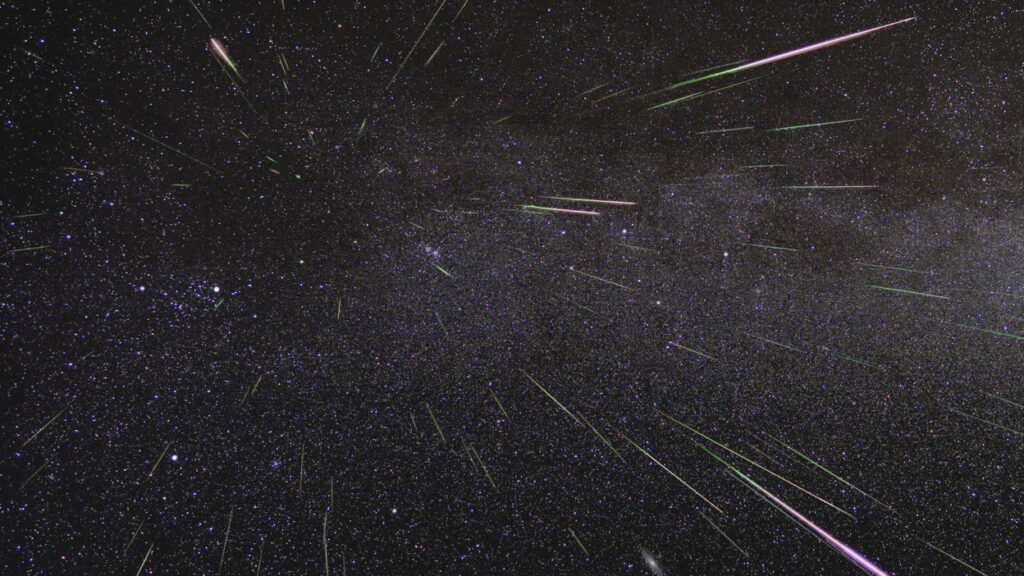
It is important to realize that meteors don’t fall at a strictly defined interval. Actually, they often fly in “packs”: that is, nothing happens for a few minutes, and then several falling stars appear almost simultaneously. The brightest Perseids have a greenish hue and leave a light trace behind them for a few seconds. This trace can then be deformed by air currents.
It’s also worth saying that not all meteors that can be seen on the night of August 12-13 are attributed to the Perseids. Other smaller showers such as the Northern Delta Aquariids are also observed at this time. Also, single meteors, not associated with showers, sometimes move across the Earth’s sky.
Observations of the Perseids have not only aesthetic but also scientific value. Information about the fluctuations of the ZHR parameter gives astronomers the opportunity to figure out the distribution of matter in the outer regions of the Solar System. Meteor observations don’t require any special equipment – all you need is a clear dark sky, good eyesight, a watch and a notebook with a pencil for making notes (it is undesirable to use a laptop in order not to disrupt the dark adaptation of the eyes). The results of the observations can be sent to the International Meteor Organization (IMO). Its website can be found at the following link.


